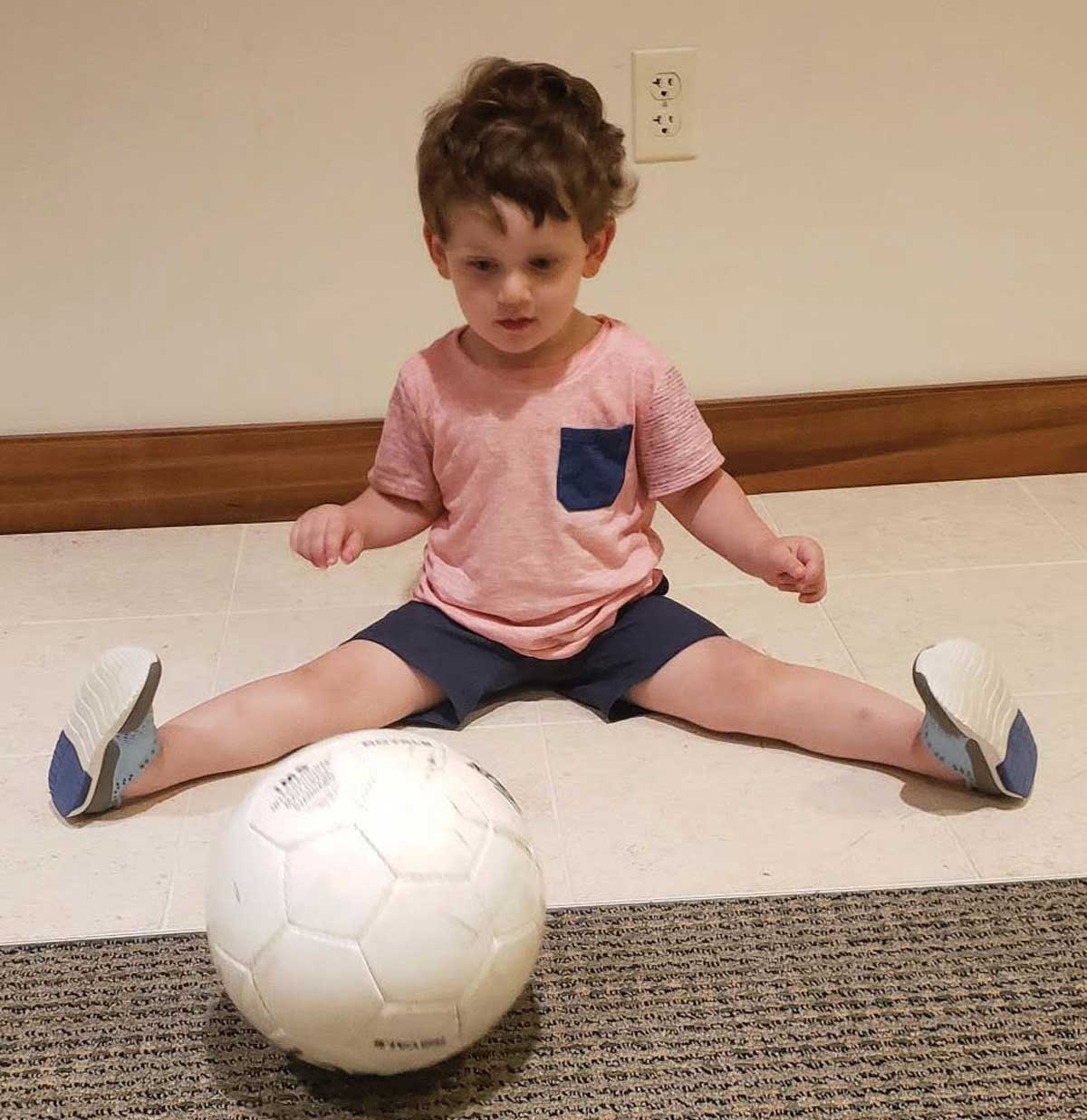 |
Children with strabismus may be more prone to developing mental health issues. Photo: Marc B. Taub, OD, MS, and Paul Harris, OD. Click image to enlarge. |
Children with strabismus often have decreased visual function, including difficulties with schoolwork and sports. They have also reported problems with self-image and teasing for eye misalignment, glasses and/or patching. Researchers recently investigated whether patients with strabismus may have a higher risk of developing mental illness, reporting that this demographic has higher odds of having anxiety, schizophrenia, bipolar and depression compared with children without eye disease. There was no strong association with substance use.
The study used data from over 12 million patients in a longitudinal commercial insurance claims database 18 years and younger at the time of their strabismus diagnosis (50.8% boys, mean age: eight years old). Adjusted odds ratios for the association of mental illnesses with strabismus were 2.01 for anxiety, 1.83 for schizophrenia, 1.64 for bipolar, 1.61 for depression and 0.99 for substance use.
The researchers noted that there was a moderate association between each strabismus type (esotropia, exotropia and hypertropia) with anxiety, schizophrenia, bipolar and depression; odds ratios ranged from 1.23 for the association between esotropia and bipolar to 2.70 for the association between exotropia and anxiety. However, they still found it unclear whether the type of strabismus has an association with the magnitude of mental illness risk.
“These results should alert ophthalmologists and optometrists to counsel children and their caregivers regarding the risk for mental illness,” the authors concluded in their paper. “They should consider incorporating a screening tool for mental health problems for patients with strabismus and referral of pediatric patients with strabismus for mental health evaluation.”
Lee YH, Repka MX, Borlik MF, et al. Association of strabismus with mood disorders, schizophrenia and anxiety disorders among children. JAMA Ophthalmol. March 10, 2022. [Epub ahead of print]. |


